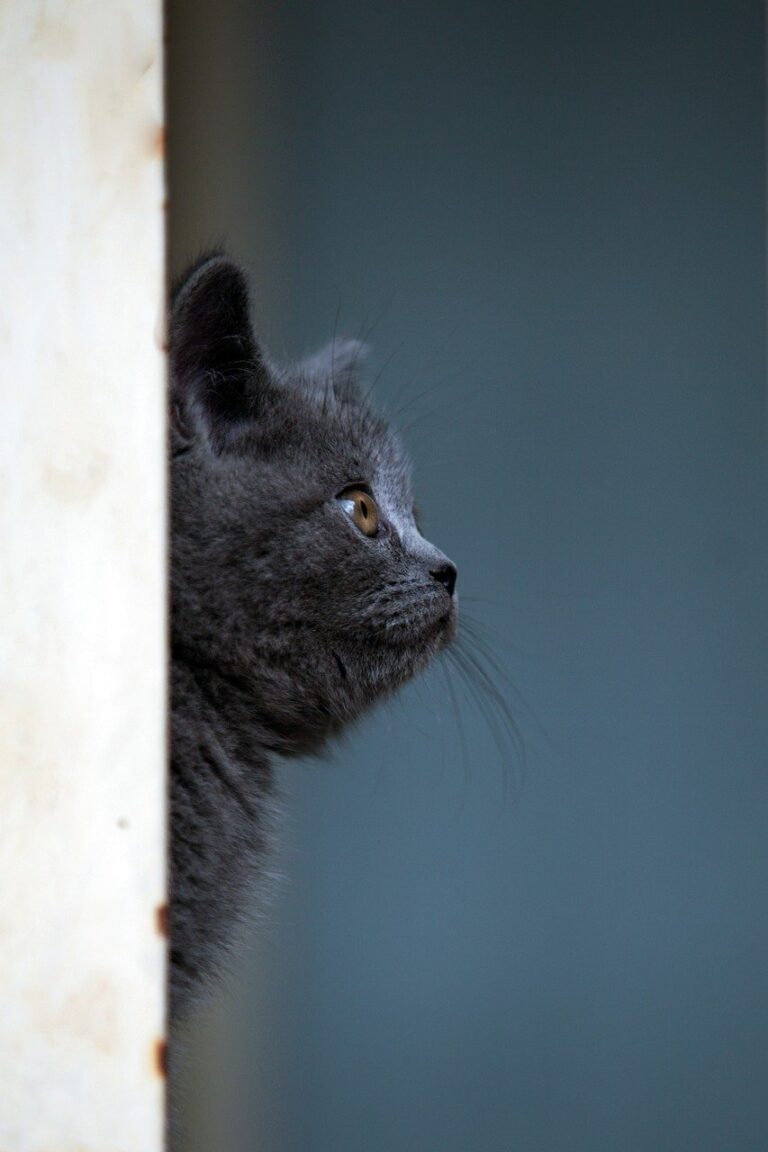Artemisia Gentileschi of the qualities most regularly connected with the Baroque are grandeur, sensuous richness, drama, dynamism, movement, tension, psychological spirit, and a tendency to blur distinctions in between the various arts. In its most common symptoms, Baroque art is characterized by fantastic drama, rich, deep colour, and intense light and dark shadows, however the classicism of French Baroque painters like Poussin and Dutch genre painters such as Vermeer are also covered by the term, at least in English.
Modern art history schools teach that Caravaggio put the oscuro (dark) into chiaroscuro. An influential Baroque painter in Rome from 1592 to 1610– at which time he was banished for murdering a male in a bar brawl– Caravaggio’s tumultuous individual life is stated to have influenced his dramatic, mentally resonant works of art. He found success due to his proficiency of dramatic light and depth that make much of his paintings appear practically 3D. Saint Matthew, the very first of Jesus’ apostles, was a favorite topic of Caravaggio’s paintings. Trainees who visit the Church of St. Louis of the French can see firsthand the brush strokes that make Saint Matthew’s life, martyrdom, and magnificent motivation come alive.
Roman soldiers were guided to a pure water source by a young girl in 19BC. The discovery of the site is said to have inspired Emperor Augustus to construct a fountain that served Romans for over 400 years as a public bath, wishing well, and the source of the “Agua Virgo” (virgin water) aqueduct, named after the girl in the story. The charm of Rome’s baroque art contributes to the energy and drama of this unique city, and help to cement (or sculpt) its status as a spectacular study abroad location.
Baroque architecture was designed to develop spectacle and impression– replacing the straight lines of the Renaissance with streaming curves, domed roofings, and colorful interiors. The master of this strategy was Gian Lorenzo Bernini, credited with producing the Baroque sculptural style. He designed grand religious spaces like St. Peter’s Square and aggrandized the interiors of St. Peter’s Basilica. Those pursuing an art history degree can visit Bernini’s visionary operate in Vatican City, and take in a few of the most magnificent Baroque architecture in the world.
The Italian Baroque period was a movement in art, style, and architecture that began in Rome in the late 16th Century. The movement was initiated by the Catholic Church, which sought to keep and expand its influence during the Protestant Reformation. Known mainly for its ornateness and manipulation of space, Baroque art and architecture looked for to wow audiences with its grandeur and spectacle compared to the more staid, academic Protestant, and reformed churches. Starting in the late 1500s, the Baroque style is typically divided into three periods: Early Baroque (1584-1625), High Baroque (1625-1675), and Late Baroque ((1675-1750). As its popularity spread throughout Europe, structures in various countries, consisting of France, England, Spain, and Scandinavian nations, began to be influenced by the movement.
The Baroque style is characterized by exaggerated motion and clear information utilized to produce drama, liveliness, and grandeur in sculpture, painting, architecture, literature, dance, and music. Baroque iconography was direct, apparent, and dramatic, intending to appeal above all to the senses and the feelings.
To identify which paintings, sculptures, and structures are Baroque. The Church intended to display parables and religious themes through bright, life-like public art that could tug at individuals’s feelings. Baroque brushwork is velvety and broad (“thick impasto”), with highly pigmented and contrasting color schemes. Sculptures feature elegant materials like marble, bronze, and gold. Action and movement: Baroque art utilizes swirling spirals and upward diagonals to convey the illusion of motion. New methods of “tenebrism” (bright, dramatic illumination) and “chiaroscuro” (high light/dark contrasts) were established to make figures seem sensible and dramatic.
Subscribe to Updates
Get the latest creative news from FooBar about art, design and business.
